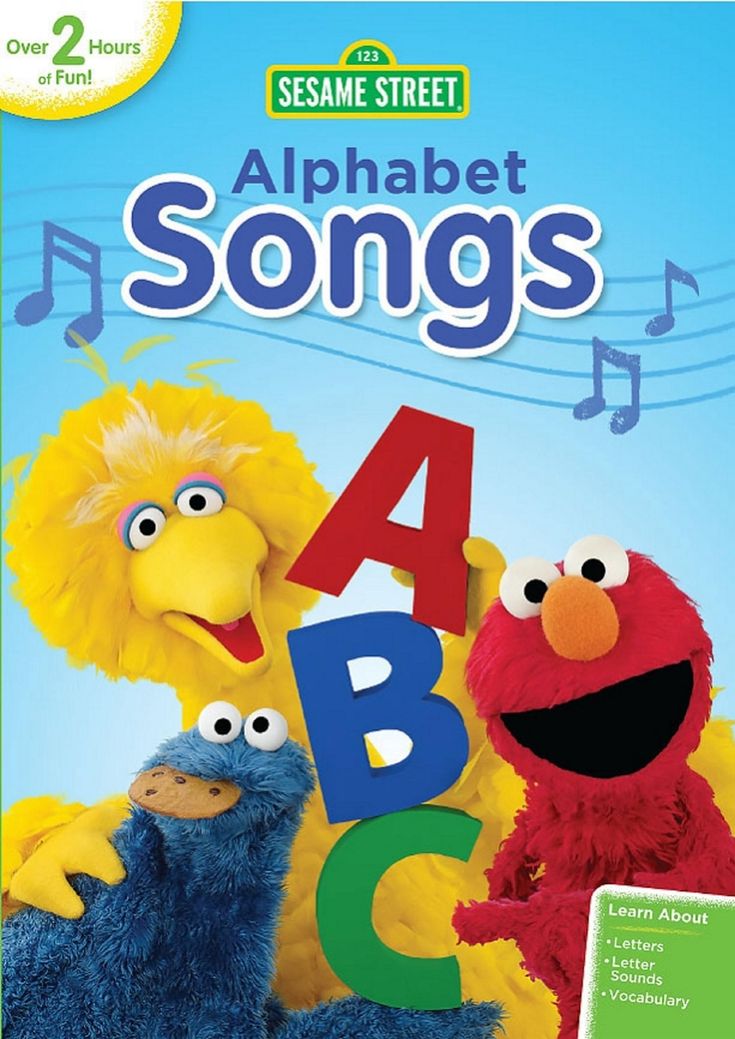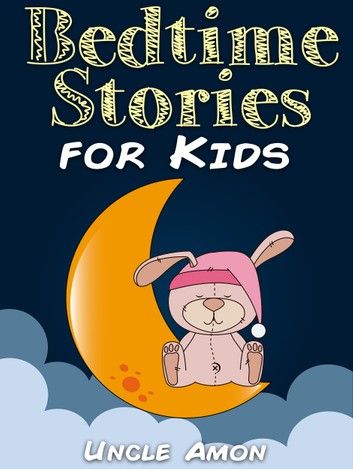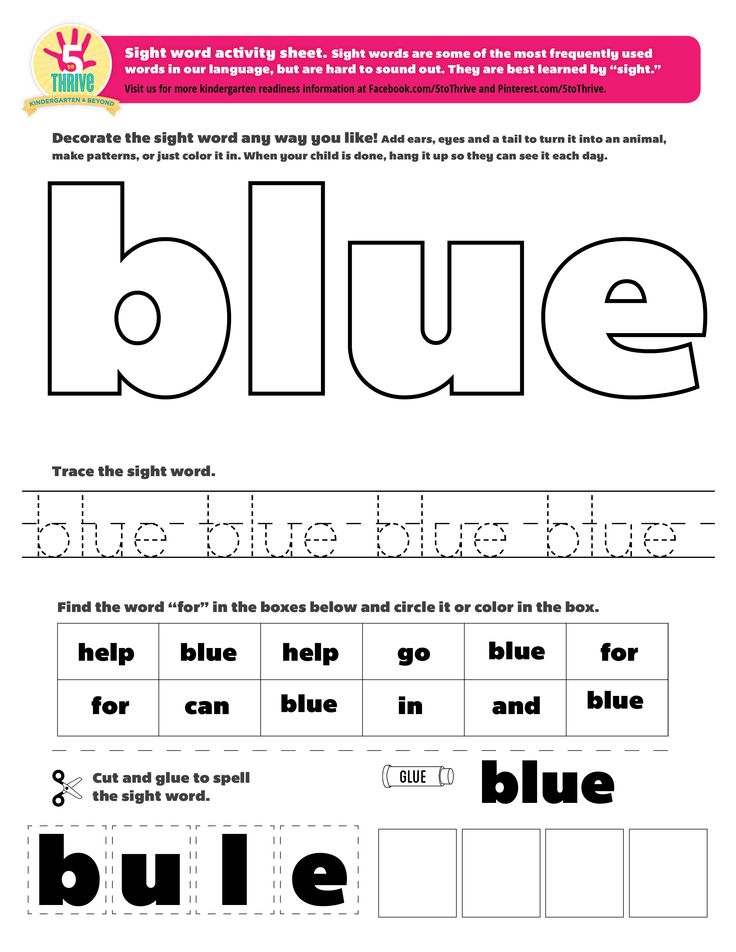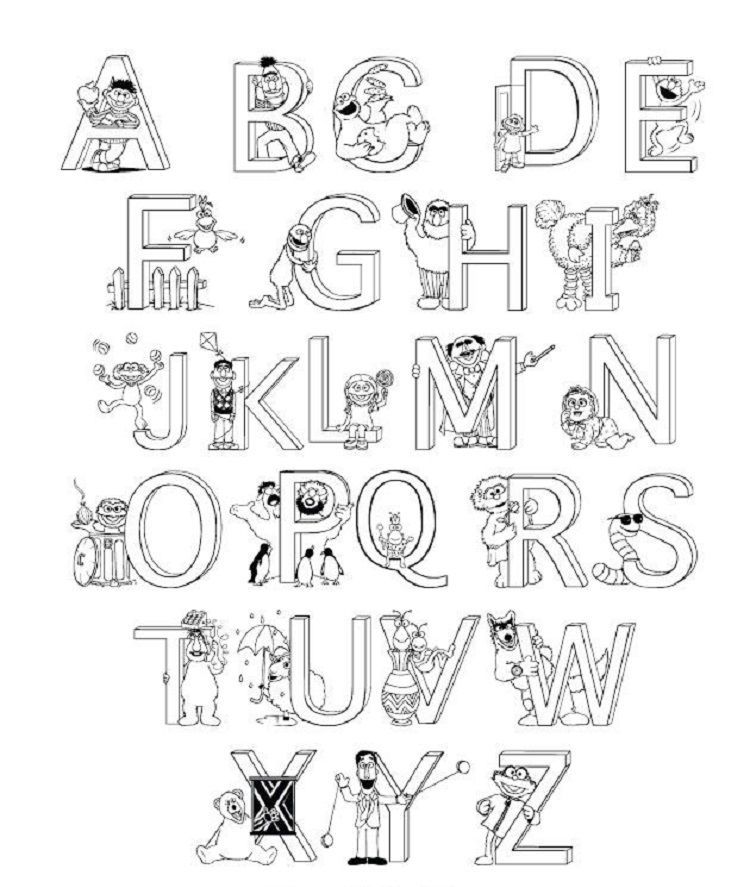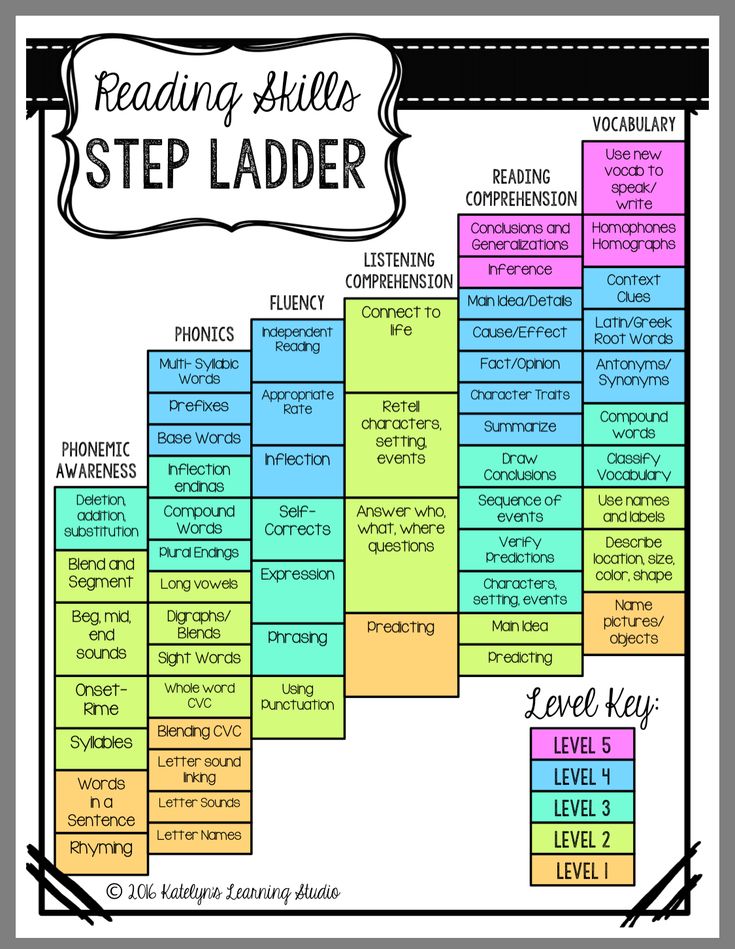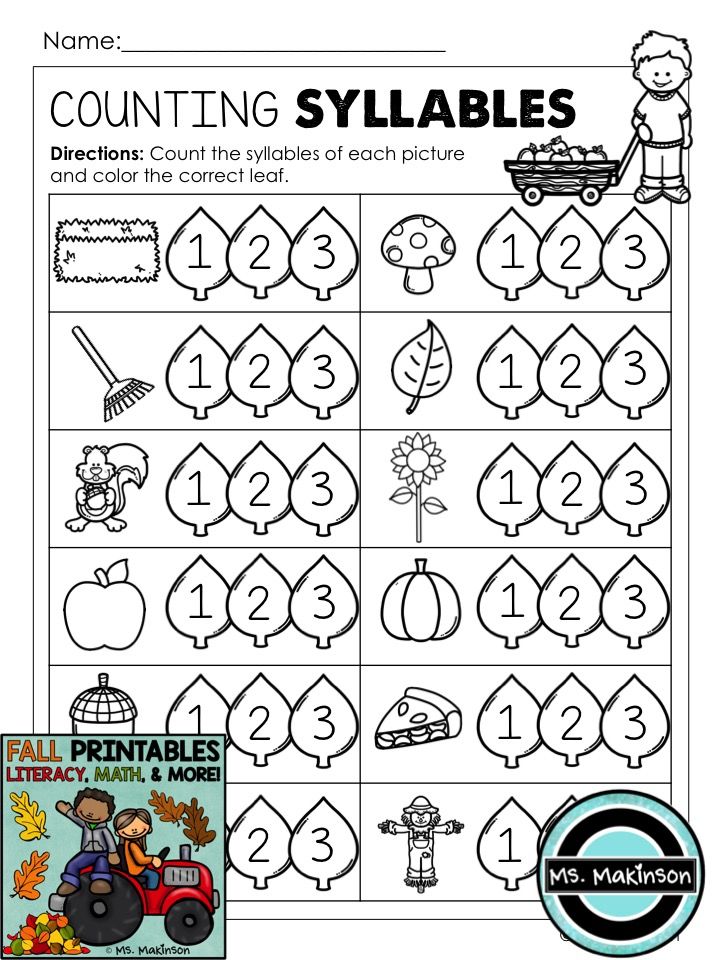Sesame street sing alphabet
Sesame Street Sings the Alphabet
None Come on, get ready! Come on, get set! Join Sesame Street and sing the alphabet! Come on, get ready. Come on, get set! Join Sesame Street and sing the alphabet! All your Sesame friends are ready to sing, and each word starts with a letter of the alphabet. A is for Abby, B is for Bert. C is for Cookie Monster, and D is Cookie Monster’s dessert. Even Oscar’s joining in as he sings his name! Then meet a queen that quacks on Q, T is for Telly and a tuba to blow in, and Y is for YOU! What’s your favorite letter of the alphabet? What words start with that letter? show full description Show Short DescriptionPreschool and Pre-k
Enjoy songs and short stories for preschoolers and pre-k that help your child learn the ABCs, colors, opposites, and more.
view all
The ABC Song
LMNOPeas
Robot's First Day of School
Opposites
PANTONE Colors, The Song
Do Your Ears Hang Low?
Sesame Street Sings the Alphabet
One membership, two learning apps for ages 2-8.
TRY IT FOR FREE
Full Text
Come on, get ready! Come on, get set! It’s time for the Sesame Street alphabet! A is for Abby. B is for Bert. C is for Cookie Monster, D for dessert. E is for Elmo. F is for frog. “Ribbit.” G is for Grover. H is for hog. “Oink, oink.” I is for insect, J, jar of jam. K is for kitten. “Meow.” L is for lamb. M is for Murray. N is for noodle. O is for Oscar. P is for poodle. “Yuck.” Q is for queen, a queen who likes to quack. “Quack, quack, quack.” R is for Rosita. S is for snack. “Mmm.” T is for Telly and a tuba to blow in. U for ukulele, and V for violin. W is for worm, wiggling. “Ah-ah, ah-ah-ah.” X is for xylophone. Y is for you. Z is for Zoe and zoo. Now let’s sing it together all the way through. A is for Abby. B is for Bert. C is for Cookie Monster, D for dessert. E is for Elmo. F is for frog. “Ribbit.” G is for Grover. H is for hog. “Oink, oink.” I is for insect, J, jar of jam. K is for kitten. “Meow.” L is for lamb. M is for Murray. N is for noodle. O is for Oscar. P is for poodle. “Yuck.” Q is for queen, a queen who likes to quack. “Quack, quack, quack.” R is for Rosita. S is for snack. “Mmm.” T is for Telly and a tuba to blow in. U for ukulele, and V for violin. W is for worm wiggling. “Wee, ha-hee, ha-ha-ha.” X is for xylophone. Y is for you. Z is for Zoe and zoo. And now the Sesame Street alphabet, the Sesame Street alphabet, (the Sesame Street alphabet is through) the Sesame Street alphabet is through.
K is for kitten. “Meow.” L is for lamb. M is for Murray. N is for noodle. O is for Oscar. P is for poodle. “Yuck.” Q is for queen, a queen who likes to quack. “Quack, quack, quack.” R is for Rosita. S is for snack. “Mmm.” T is for Telly and a tuba to blow in. U for ukulele, and V for violin. W is for worm wiggling. “Wee, ha-hee, ha-ha-ha.” X is for xylophone. Y is for you. Z is for Zoe and zoo. And now the Sesame Street alphabet, the Sesame Street alphabet, (the Sesame Street alphabet is through) the Sesame Street alphabet is through.
1
We take your child's unique passions
2
Add their current reading level
3
And create a personalized learn-to-read plan
4
That teaches them to read and love reading
TRY IT FOR FREE
The Alphabet Song | Sesame Street Videos
- PBS Kids live TV
- PBS Kids spotlight playlist
- PBS Kids shows
There Might Be Dragons/Dawn of the Read
The Cobra King
Daniel's Blueberry Paws/Wow at the Library
I am Helen Keller/I am Alexander Graham Bell
Alma on Ice/Junior's Lost Tooth
Picking Cloudberries/Puzzled
The Cobra King
There Might Be Dragons/Dawn of the Read
Alma on Ice/Junior's Lost Tooth
Snow Fairy/To Catch a Leaf
Star Gazers/A Jump to Remember
Which Moon is Best?/Detective Mindy
The Cat in the Hat Knows a Lot About Christmas!
'Twas the Night Before Christmas
Daniel's Winter Adventure/Neighborhood Nutcracker
Daniel Does Gymnastics/The Big Slide
Peg + Cat + Holidays
A Moth Mystery/Just Peachy
Episode 28
Don's Winter Wish/Festival of Lights
Hiccup Pup/Top of the Charts
The Sounds of George/Better Butterflying
Episode 13
Let's Go Luna!: Christmas Around the World
Episode 28
A Garden is Born
Spring Carnival/Tooey's Hole-i-day Sweater
Going to Pieces/Forces of Nature
Binky Goes Nuts/Breezy Listening Blues
Wild Kratts: A Creature Christmas
The Sounds of George/Better Butterflying
I am Zora Neale Hurston/I am Charles Dickens
Alma's Nochebuena/Three Kings Day Do-Over
Spring Carnival/Tooey's Hole-i-day Sweater
Curious George: A Very Monkey Christmas
A Nature Carol
Arthur's Perfect Christmas
A Garden is Born
Spring Carnival/Tooey's Hole-i-day Sweater
Going to Pieces/Forces of Nature
Binky Goes Nuts/Breezy Listening Blues
Reindeer Games
Snow Runners
Daniel's Winter Adventure/Neighborhood Nutcracker
I am Zora Neale Hurston/I am Charles Dickens
Alma's Nochebuena/Three Kings Day Do-Over
Spring Carnival/Tooey's Hole-i-day Sweater
Curious George: A Very Monkey Christmas
A Nature Carol
Arthur's Perfect Christmas
A Visit with Ella Jenkins
Slide to the Side!
Roxie's Missing Music Book
A New Friend at School/A New Friend at the Playground
Daniel's Blueberry Paws/Wow at the Library
Movie Night/Rosie's Seashell Museum
Episode 11
A Garden For All/Band of Explorers
A Big Favor for Grampy/A Fair Way to Bounce
The Amazing Michelinoceras Brothers/Dads' Day Out
Hiccup Pup/Top of the Charts
Curious George and the Invisible Sound/Curious George, A Peeling Monkey
Episode 11
Sidewalk Art/Gnome at Home
A Tough Nut to Crack/It's a Beautiful, Wonderful Life
A Big Favor for Grampy/A Fair Way to Bounce
Water Woes
A Whale of a Time/That's Snow Fun
Hatching a Plan/The Invisible Force
Three's a Crowd/A is for Angry
O vs. The Ballcano/Assistants’ Creed
The Ballcano/Assistants’ Creed
A Bat in the Brownies
Curious George and the Invisible Sound/Curious George, A Peeling Monkey
I am Billie Jean King/I am Arthur Ashe
Chacho Gets a Bath/Frankie's Four Feet
A Whale of a Time/That's Snow Fun
Curious George: A Very Monkey Christmas
A Nature Carol
Arthur's Perfect Christmas
Water Woes
A Whale of a Time/That's Snow Fun
Hatching a Plan/The Invisible Force
Three's a Crowd/A is for Angry
E3340 Playskool Sesame Street Singing the Elmo Alphabet Instructions
OLDER 18M - 4 YEARS
IMPORTANT! PLEASE READ
COMPLETE INSTRUCTIONS FOR
BEFORE USING THE TOY.
Sesame Street
ELMO ABC Singing
Press Elmo's belly to hear him talk and sing about the ABC!
English to Spanish mode:
To switch Elmo's speech from English to Spanish, do the following:
- Press and hold Elmo's belly for 3 seconds.

- You will hear a beep and Elmo will say a phrase in Spanish.
- Let go of Elmo's stomach before he finishes talking to stay in Spanish mode.
- If you release Elmo after he has finished speaking and hear a beep, he will return to English mode.
- Repeat steps to switch Elmo back to English mode.
To replace batteries:
2 x 1.5 V AA ALKALINE BATTERIES AA
Replace the demo batteries with alkaline batteries. Use a Phillips/Phillips screwdriver (not included).
Troubleshooting:
If Elmo doesn't talk or make sounds, it might be time to replace the batteries.
IMPORTANT: BATTERY INFORMATION
Retain this information for future reference. Batteries must be replaced by an adult.
NOTE:
TO AVOID BATTERY LEAKAGE
- Always follow instructions carefully. Use only specified batteries and be sure to insert them correctly, following the + and - polarity markings.

- Do not mix old batteries with new batteries or standard (zinc carbon) batteries with alkaline batteries.
- Remove exhausted or depleted batteries from the product.
- Remove the batteries when not going to play with the product for a long time.
- Do not short-circuit the power terminals.
- CHARGING BATTERIES: Do not use with any other types of batteries.
Always remove from product before charging. Charge batteries under adult supervision. DO NOT CHARGE OTHER TYPES OF BATTERIES.
If this product causes or is affected by local electrical interference, move it away from other electrical equipment. Perform a reset (power off and on again or remove and reinstall the batteries) if necessary.
Songs Lyrics
If the little ones want to sing along
Elmo, this is what he sings:
A, B, C, D, E, F, G, H, I, J, K, L, M, N, O, P, Q, R, S, T, U,
V, W, X, Y, Z. Now our alphabet is ready, singing the alphabet is so much fun!
FCC STATEMENT: This device complies with Part 15 of the FCC Rules. Operation is subject to the following two conditions:
Operation is subject to the following two conditions:
(1) This device may not cause harmful interference, and (2) this device must accept any interference received, including interference that may cause undesired operation.
NOTE. This equipment has been tested and found to comply with the limits for a Class B digital device, pursuant to Part 15 of the FCC Rules. These limits are designed to provide reasonable protection against harmful interference in a residential installation. This equipment generates, uses and can radiate radio frequency energy and, if not installed and used in accordance with the instructions, may cause harmful interference to radio communications. However, there is no guarantee that interference will not occur in a particular installation. If this equipment does cause harmful interference to radio or television reception, which can be determined by turning the equipment off and on, the user is encouraged to try to correct the interference by one or more of the following measures:
- Reorient or relocate the receiving antenna.
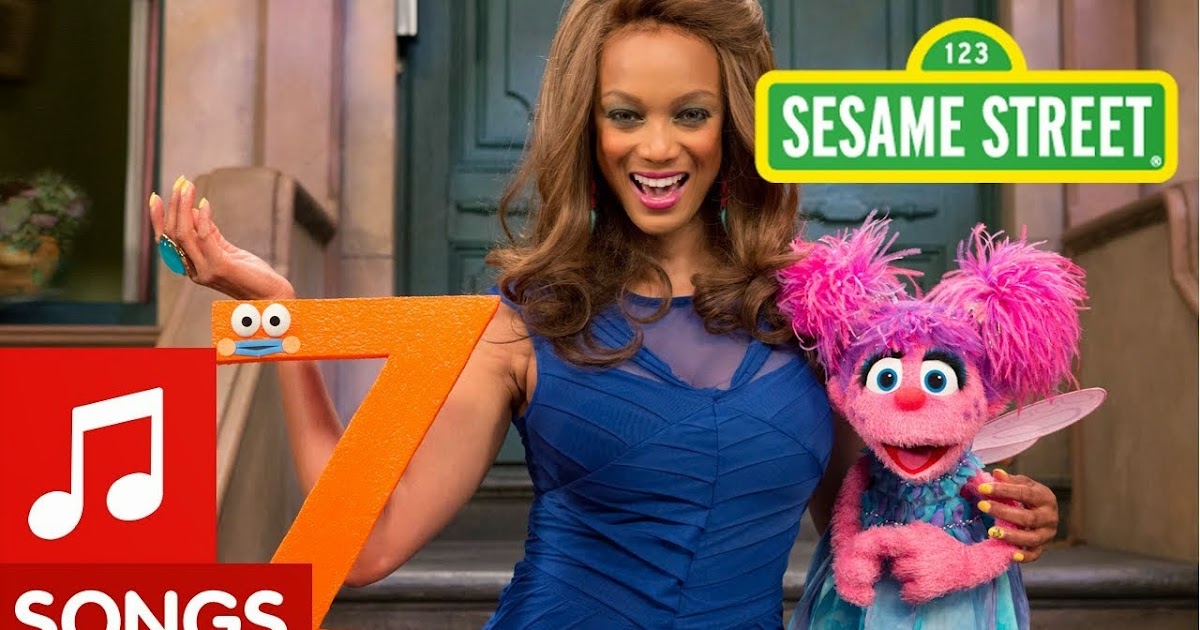
- Increase the distance between the equipment and the receiver.
- Consult the dealer or an experienced radio/TV technician for help.
WARNING: Changes or modifications to this device not expressly approved by the party responsible for compliance could void the user's authority to operate the equipment.
CHANNEL ICES-3 (B) / NMB-3 (B)
Discover, grow and play with Playskool Friends!
www.playskool.com/sesamestreet
Product and colors may vary. Save this information for future reference.
Sesame Street® and related characters, trademarks and designs are owned and licensed by Sesame Workshop.
© 2018 Sesame workshop. All rights reserved.
® * and/or TM* & © 2018 Hasbro, Pawtucket, RI 02861-1059 USA. All rights reserved.
TM and ® are US trademarks. USA/CANADA TEL. 1-800-255-5516 E3340 PN00058703
Documents / Resources
Published VPLISKULTAGES: E33440, Playskool, Playskool Street Singe Elmo 90,000 STRET): Vikent.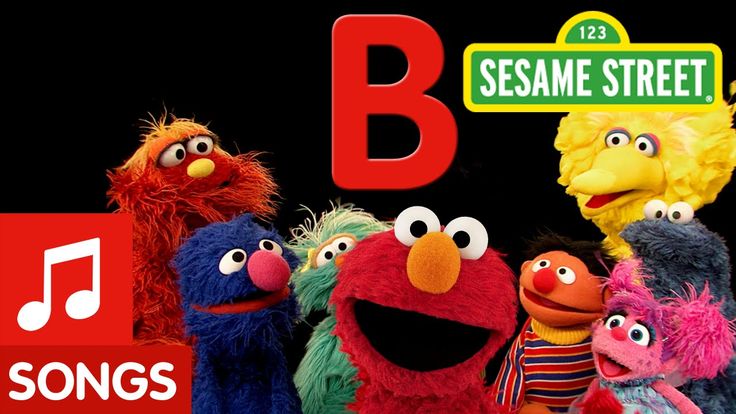 ru
ru
children's television educational program.
The main idea of the Sesame Street TV project is to provide children from disadvantaged families with the opportunity to receive primary education. The word Sesame in the title is taken from an Arabic fairy tale where Ali Baba opens a cave with the words: Open Sesame!.
In the late 1960s, television producer Joan Cooney set out to start an epidemic. Her target was three-, four- and five-year-olds.
The causative agent of the infection was television, and the virus she wanted to spread was literacy. It was supposed to be broadcast for a whole hour five days a week. The hope was that if this hour proved contagious enough, it could be the tipping point for the start of an epidemic of universal literacy. The transfer was supposed to help children from poor families before they go to elementary school. […]
Educationists define television as a medium of low involvement. Television is like a wave of the common cold, which spreads through the population like lightning, but causes only a runny nose and disappears in a day.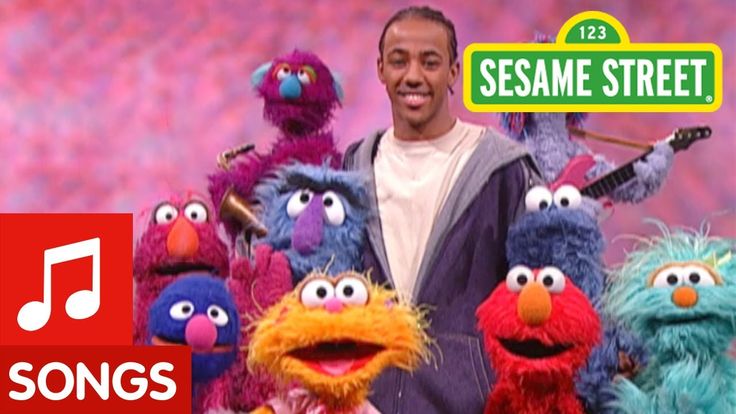
However, Cooney, Lesser, and their third partner, Lloyd Morrisett of the New York-based Markle Foundation, decided to give it a try. They invited some of the most famous creative people of the time. They borrowed the technique of TV commercials to teach children arithmetic and used vivid cartoon images to teach the alphabet. They invited celebrities who danced and sang, comedians for funny skits who told children about the benefits of working together or about their own perception. […]
The creators of Sesame Street achieved the incredible, and the story of how they did it is a great illustration of the second part of the tipping point, the stickiness factor.
They found that through a small but significant change in the presentation of the material, they could overcome the weakness of television as an educational tool and make the information memorable.
The Sesame Street project became successful because its creators figured out how to make television sticky.
In fact, the uniqueness of the program is the result of just the opposite process: the final product was developed purposefully and with great effort.
Sesame Street was built around one big idea: if you can keep children's attention, you can educate them.
This sounds like something obvious. But many television critics still argue that the danger of television is addictiveness and that children and even adults watch it like zombies. According to this view, it is the external properties of television that hold our attention (violence, bright colors, loud and unusual sounds, fast-paced shots, close and far shots, excessive activity, and everything else that we associate commercial TV with). In other words, we do not need to be aware of what is happening on the screen, or perceive what we see in order to look further. This is what many people mean when they say TV is passive. We look when we are stimulated by all this whistle and roar. And we turn away or change the channel if we're bored.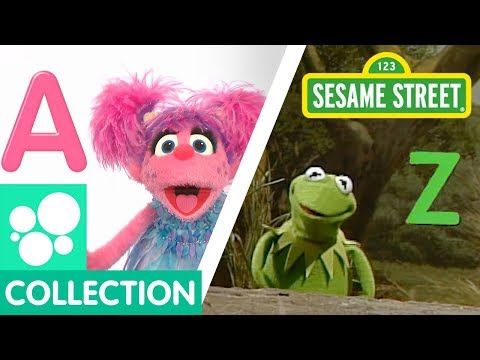
However, the early television researchers of the 1960s and 1970s, such as Daniel Anderson of the University of Massachusetts, began to realize that preschool children watch television in a very different way. Everyone thought that children would sit, look at the screen and disconnect from the outside world, says Elizabeth Lorch, a psychologist at Amherst College. - But when we began to carefully observe the behavior of children, we found that quick glances are a more common way of looking. Everything was not so simple. Children did not just sit and watch, they divided their attention between different activities, and this was not an accident. […]
Children, the researchers realized, are much more difficult than one might imagine in terms of viewing and remembering. We concluded, the researchers wrote, that the 5-year-olds in the toy group watched TV using a strategy of dividing their attention between the toys and watching TV in such a way as to see the most informative episodes of the program. This strategy proved to be so effective that the children could not take in more if they watched the program even with focused attention.
This strategy proved to be so effective that the children could not take in more if they watched the program even with focused attention.
Putting both of these studies together (experiment with toys and experiment with program editing), one can draw a rather radical conclusion about children and television. Children do not watch TV if they are specially stimulated, and turn away from the screens if they are bored. They look if they understand everything, and if not, they turn away. If you're in the educational TV business, you should take this into account. That is, if you want to understand whether children receive knowledge (and what) from the TV program, then you should understand what children pay attention to. And if you need to understand what knowledge children do not receive, then you need to find out what they do not pay attention to. […]
Sesame Street Research Team Leader Ed Palmer was a psychologist at the University of Oregon in his younger years, specializing in the use of television as a teaching medium. When the Children's Television Study Group was formed in the late 1960s, Palmer naturally joined. I was the only kids TV scientist they could find,” he says, chuckling.
When the Children's Television Study Group was formed in the late 1960s, Palmer naturally joined. I was the only kids TV scientist they could find,” he says, chuckling.
Palmer was given the task of determining whether the intricate educational concept that scientific consultants had developed for Sesame Street was actually reaching viewers. It was a difficult task. Many members of the Sesame Street crew believe that without Ed Palmer, the TV show would not have lasted even one season.
Palmer's discovery was what he called the distraction technique. He played an episode of Sesame Street on a TV screen, and on a nearby screen he showed a slide show, showing a slide every seven and a half seconds .
We had the most incredible set of slides, says Palmer. - For example, a person running down the street with arms outstretched forward; image of a high-rise building; a leaf floating on a water ripple; rainbow; microscope image; Escher drawing.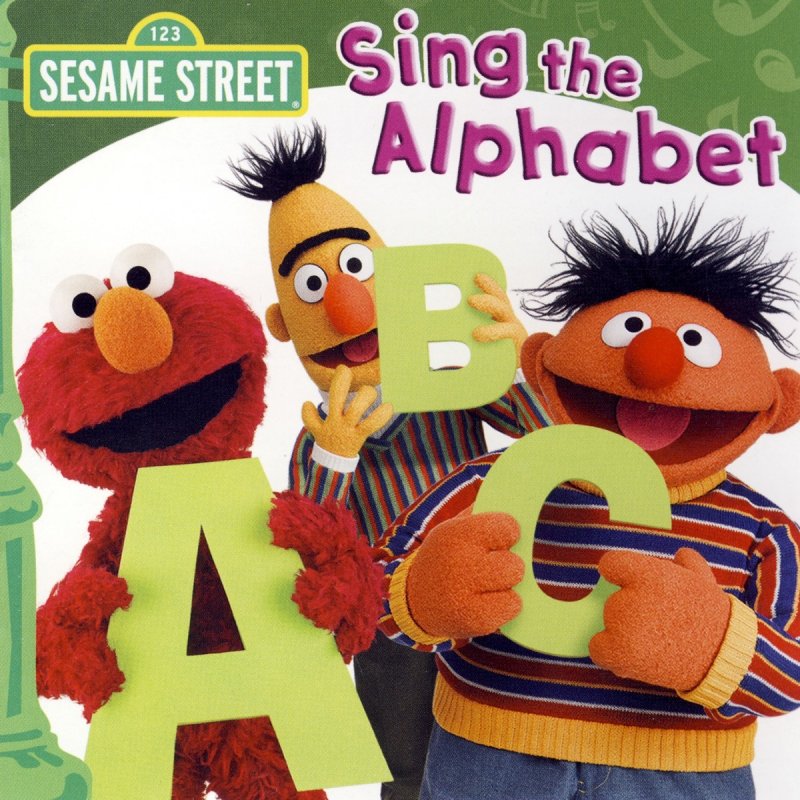 We strived for originality. Preschoolers were brought into the room two by two and offered to watch a TV show. Palmer and his assistants sat at a distance with pencils and paper, calmly recording when the children were watching Sesame Street and when they lost interest in it and switched to a slide show. Each time the slide changed, Palmer and his assistants made a new mark, so by the end of the show they had a nearly second-by-second report of which passages from the watched series kept the viewers' attention and which did not.
We strived for originality. Preschoolers were brought into the room two by two and offered to watch a TV show. Palmer and his assistants sat at a distance with pencils and paper, calmly recording when the children were watching Sesame Street and when they lost interest in it and switched to a slide show. Each time the slide changed, Palmer and his assistants made a new mark, so by the end of the show they had a nearly second-by-second report of which passages from the watched series kept the viewers' attention and which did not.
We took large sheets of graph paper, 60 by 90 centimeters, and glued them together a few pieces, says Palmer. - The slides changed every seven and a half seconds, so there were almost four hundred slides per program. We've connected the transition points with a red line so that it looks like a stock market report. The line could drop sharply or gradually drop, and we asked ourselves: What is going on there? At another point, it could rise to the very top of the graph, and we would say: This piece definitely captures the attention of children. We tabulated the percentages of these distractions. Sometimes the result was 100%. The average attention score for most of the transmission duration was 85-90%. If the producers achieved such a result, they were very pleased. If it was around 50%, they sat down at their desk again.
We tabulated the percentages of these distractions. Sometimes the result was 100%. The average attention score for most of the transmission duration was 85-90%. If the producers achieved such a result, they were very pleased. If it was around 50%, they sat down at their desk again.
Palmer also researched other shows for children, such as Captain Kangaroo and Tom and Jerry. He compared the attention-grabbing snippets from them to the corresponding episodes from Sesame Street. Everything that Palmer learned, he reported to the show's producers and writers so that they could correct the material. One of the traditional myths about television is that children love to watch animals. The producers put a cat or an anteater or an otter into the program and made them jump in different directions,” says Palmer. - They thought it would be interesting. But the technique of distracting stimuli showed that every time it was not at all what was needed.
Much effort went into creating the Sesame Street character Alphabet Man, who specialized in puns. Palmer proved that the kids can't stand him. It was removed.
Palmer proved that the kids can't stand him. It was removed.
The application of the distraction technique showed that none of the fragments of the Sesame Street broadcast should exceed four minutes, and the optimal variant is three minutes.
Palmer forced the producers to simplify the dialogue and abandon some of the tricks taken from adult television. To our surprise, we found that the preschool audience didn't like it when the adults on the show got into long discussions,” he recalls. - They didn't like it when two or three people spoke at the same time. The producer instinctively tried to use the turmoil to cheer up the viewer. It seems to you that what is happening on the screen is full of energy. However, the children turned away from the screen. Instead of taking the signal that something exciting was happening, they were taking the signal that there was confusion. And they lost interest.
After the third or fourth season, I could already tell, Palmer continues, that our Attention Rate rarely dropped below 85% .